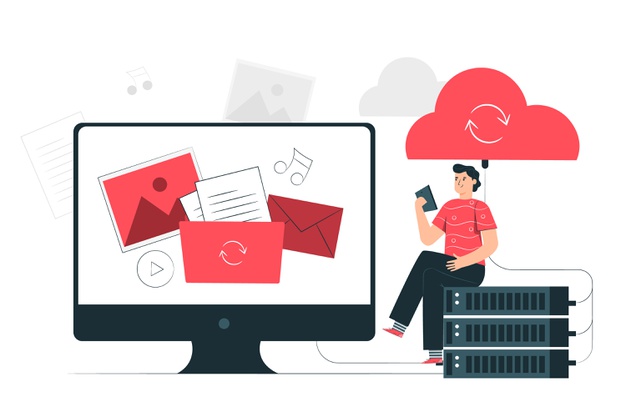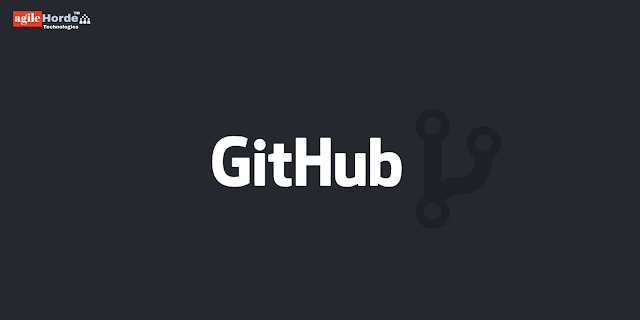How to secure your application’s migration to the cloud: A guide
To compete in today’s competitive and digital business environment, organisations need to embrace the cloud. The rise of infrastructure as a service (IaaS) firms has meant that enterprises have been able to focus on their core capabilities while leveraging their IaaS partners’ expertise.
As a result, the maintenance and running costs of infrastructure have reduced, and companies are far more efficient in how they deploy resources.While a move to the cloud brings a lot of business optimization, it leaves organisations vulnerable to potential security breaches. In one recent study conducted by Digital Shadows, researchers found traces of over 2.3 billion files accessible to the general public on cloud storage resources such as Amazon S3 buckets, SMB enabled file shares, and NAS drives. You definitely don’t want components of your app’s source code to accidentally end up on someone’s scraping radar.
To secure your product’s move to the cloud, you must implement these three processes.
Create cloud-centric security models
Many organisations neglect to revamp their security protocols to get up to speed with public cloud requirements. They tend to rely on legacy protocols – or even worse, patch new protocols on top of legacy ones and expect these solutions to work.
To secure your application on the cloud, you need to define two criteria. First, what is the reach of your network’s perimeter, and second, assessing which areas of your application’s architecture need redesigning for cloud purposes. Perimeter definition will help you determine the scope of the task ahead of you and will help inform the approach to perimeter security that will work best for you.
Most enterprises opt to develop cloud-specific controls based on solutions offered by third-party providers. This allows them the flexibility to switch between providers depending on their current needs. However, this approach requires you to have considerable in-house security talent to evaluate and decide which solutions need to be switched in or out.
An alternative approach is to route traffic through on-premises networks. This works well, because you can continue using the security tools you’ve grown accustomed to. Transitioning out of this model, if need be, is easy with the help of your cloud solutions provider.
Once network perimeters have been defined, take the time to assess whether you need to carry out application modernisation programs or redesign portions of their architecture to satisfy cloud requirements. Rearchitecting can slow your migration rate, but it ensures your applications are as robust as they can be.
Redesigning cybersecurity controls for the cloud
You will need to develop cybersecurity controls for different areas surrounding your applications. The place to begin is with identity and access management (IAM). Traditionally, IAM solutions have been offered as standalone products, but these days, they’re increasingly moving to the cloud themselves.
Choosing a third-party cloud IAM provider that can support multiple clouds will set your organisation up securely for the future, given that the multiple cloud approach is what industries are headed towards.
Data encryption should be standard, whether at rest or in motion. You will need to decide the best approach to security key management. Many organisations rely on CSPs storing security keys since this allows them to leverage CSP security infrastructure and expertise.
Application-specific security protocols need to be reviewed and updated to keep pace with cloud requirements. You will also need to create developer governance protocols to ensure security guidelines aren’t being violated.
A move to the cloud also needs to satisfy governmental and industry-specific regulations. CSPs typically offer compliance guidance, whether it’s for data storage and privacy guidelines, or industry-specific security guidelines. It’s a good idea for your organisation to review compliance needs anyway, and to approach the challenge collaboratively with your CSP.
Redefining DevOps for security
DevOps is a standard approach to application deployment these days. There is no better framework to support continuous release principles. However, agile product rollouts also open your organisation up to security vulnerabilities.
Develop a secure DevOps strategy that integrates security reviews, the implementation of security controls, and the deployment of security technology.
Secure DevOps practices rely on automation to achieve their goals. Testing teams can develop code templates and create automated testing tools that allow developers to integrate security into every aspect of code development. Embedding security personnel into development teams is a good way to keep security up to speed with the requirements of a continuous release environment.
Many employees in your organisation will require additional training to get up to speed with a security-centric DevOps culture. Focus on educating developers on the APIs they’ll need to use to integrate secure DevOps methodologies into their regular work.
To fully integrate secure DevOps into a cloud environment, your development team needs to become the security team. While this might sound like an impossible task, increasing collaboration between security and dev teams, while training each in the requirements of the other, will ensure that your organization moves towards this ideal.
Your dev teams will be able to respond faster to security breaches and build stronger platforms moving forward.
Secure environments for better products
There’s no doubt that cloud infrastructure is a great way of boosting the performance of your applications. However, cloud migration has to be backed up with equally robust security protocols for it to provide you with all the benefits it promises. Follow these three processes to make sure your organisation stays ahead of the curve.
Who We Are?
We are agileHorde Technologies, an award-winning mobile app and web app development company in India, USA, Philippines. We develop apps that help businesses engage customers effectively.
Please reach us at info@agilehorde.com or agileHorde Top Mobile App and Web App Development Company
Thanks for reading the blog :)
Source: https://developer-tech.com/




Comments
Post a Comment